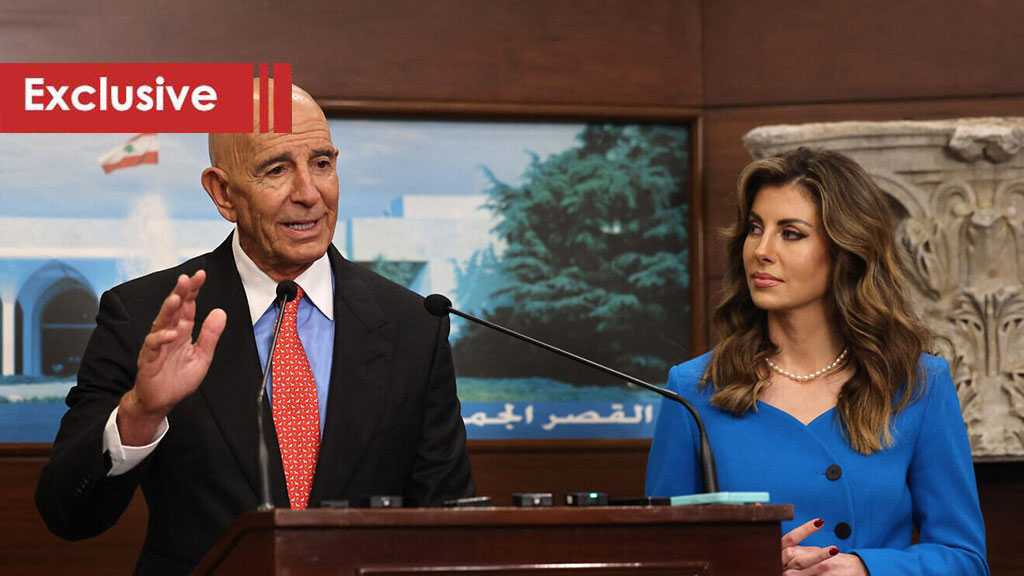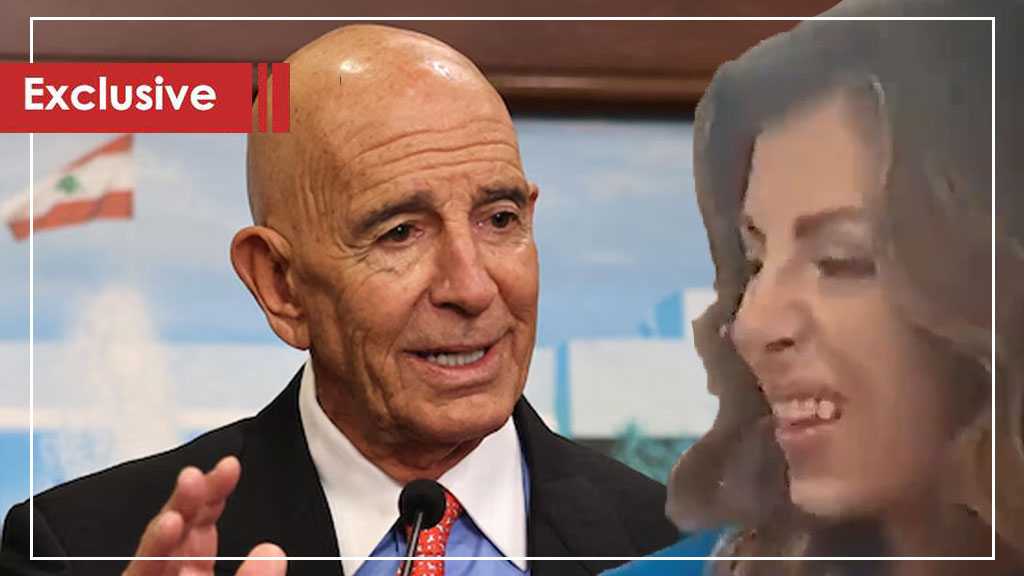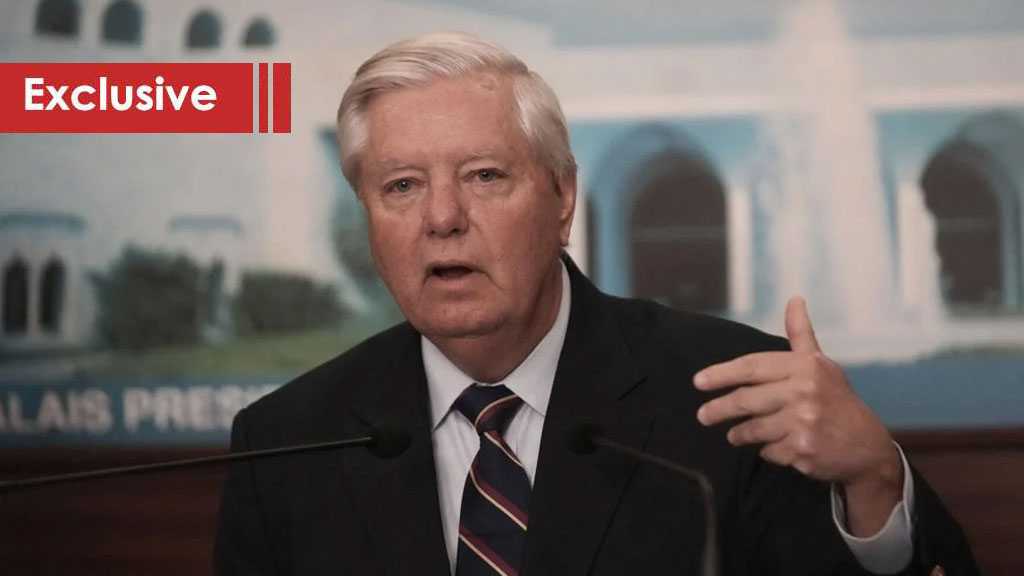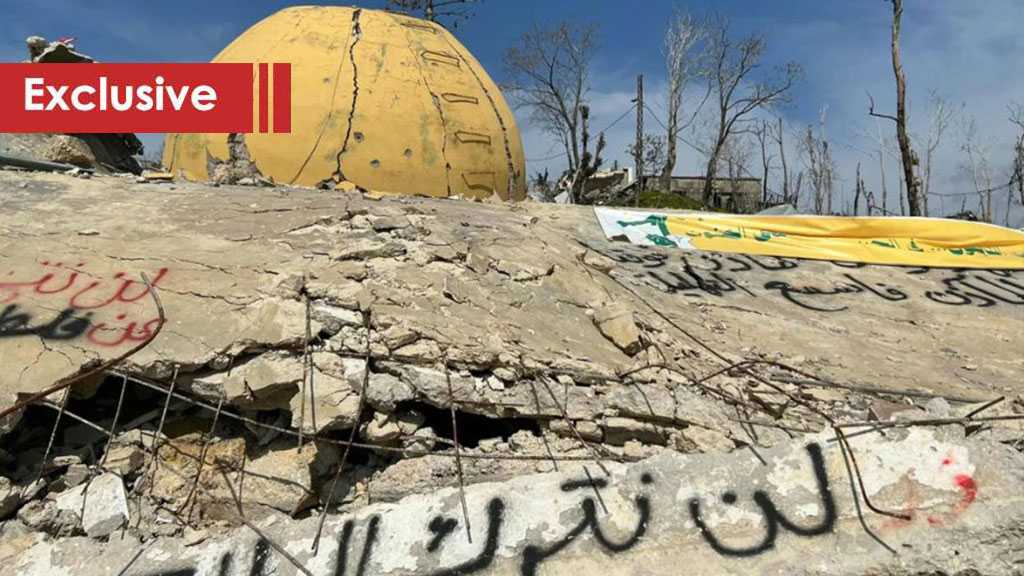The Boldest US Threat Yet to Lebanon: Redrawing Maps and Shifting Populations
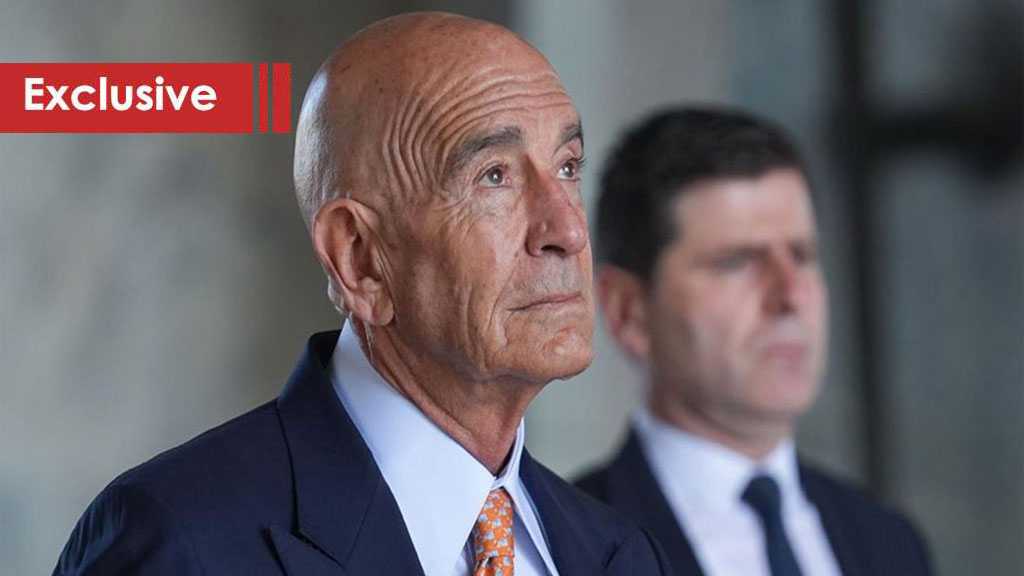
By Ali Abbadi
Lebanon – For the first time since gaining independence from France in 1943, Lebanon faces an explicit threat from a major global power—one that has long acted as a de facto guardian of its foreign policy and a key influencer of its internal affairs. The United States has delivered a stark ultimatum: either Lebanon accepts the American blueprint for its future, or it risks being absorbed into a broader “Greater Syria” framework.
This threat, conveyed by the US envoy to Syria and Lebanon—who has effectively assumed the role of Washington’s high commissioner to both countries—came just days after a seemingly more conciliatory message from Tom Barrack during his visit to Beirut. There, Barrack appeared to defer the matter of Hezbollah’s weapons to the Lebanese government, expressing satisfaction with what he called a “remarkable” response to his proposal. “Lebanon is under no obligation to follow a specific timeline,” he stated. “We are merely offering support.”
So why did Barrack strike a soft tone in Beirut, only to escalate his rhetoric from abroad?
The swift return to the language of threats—particularly one as extreme as a challenge to Lebanon’s very existence—signals growing urgency in the US to secure outcomes in Lebanon aligned with ongoing normalization efforts between the current Syrian leadership and the “Israeli” entity. The most recent meeting between the two sides reportedly took place on Saturday in Baku, the capital of Azerbaijan. The pressure also reflects frustration—explicitly voiced by Barrack himself—at what he described as Lebanese public disillusionment. With preferred US pressure tools, including financial sanctions, continuous “Israeli” military aggression, and hybrid warfare targeting the resistance’s support base, failing to produce the desired outcome of Hezbollah’s disarmament, the tone has hardened significantly.
The seriousness of Barrack’s remarks to two Gulf newspapers—where he raised the possibility of dismantling Lebanon as it is currently constituted—lies in the fact that he is not a marginal figure or former official, but an active diplomat managing the dossier. When such a position is articulated this clearly, it cannot be dismissed as mere rhetoric or an empty threat should Lebanon refuse to comply with American demands. Barrack had already hinted at this view back in May, when he wrote on X that the division of Syria under the Sykes-Picot Agreement was a generational mistake that must not be repeated. This highlights how territorial reconfiguration is central to the current US strategic mindset, echoing repeated remarks by President Trump regarding the “small size” of present-day “Israel” and the need to secure more “safe” territory.
The Political Context Behind Barrack’s Statements
To fully grasp the implications of this threat, several key points must be considered:
- There is a concerted US push to finalize a normalization agreement between Syria—under the transitional authority of Ahmad Al-Sharaa—and the “Israeli” entity. Washington places great emphasis on incentivizing the current administration in Damascus, which lacks constitutional legitimacy to make such a historic decision independently. This mirrors the Trump administration’s pressure on Sudan’s transitional government in 2020 to normalize ties with “Israel.” Not coincidentally, the US recently lifted sanctions on both Al-Sharaa and the Al-Nusra Front [now Hayat Tahrir Al-Sham], and has eased financial restrictions on foreign investment in Syria. The US also aims to include Lebanon, Iraq, Jordan, and Turkey in this normalization scheme, as Barrack has indicated. Isolating Syria by pushing it alone into normalization is seen as too risky.
- In parallel, the US is working to end the war in Gaza—on the condition that the Palestinian resistance is dismantled both militarily and politically. This includes forced population displacement and the transfer of control in the Strip to a Palestinian authority deemed acceptable by Washington and Tel Aviv. The broader strategy is to rescue “Israel” from its deepening crisis in Gaza in exchange for wider normalization with regional and international actors.
- Simultaneously, “Israeli” aggression against Lebanon continues, with daily attacks and targeted assassinations. These violations of UN Resolution 1701 are increasingly linked to efforts to expand the demilitarized zone south of the Litani River to cover the entire country. This would effectively deprive Lebanon of all means of national strength—leaving it without a credible deterrent, without advanced arms for its army, and without a unified defense doctrine. The goal appears to be to formally integrate Lebanon into a joint US-“Israeli” strategic framework.
- The US is applying growing pressure on certain Lebanese factions to publicly oppose the resistance and endorse normalization with “Israel”. In recent weeks, political rhetoric against the resistance has intensified, with calls to surrender its weapons—not to the state for defense, but for destruction.
- Reconstruction of areas damaged by the latest “Israeli” aggression remains stalled. The government has yet to take any concrete logistical measures toward this critical task.
- New American financial sanctions have been imposed on Lebanese individuals and institutions as part of a broader escalation. The Central Bank of Lebanon has participated in these efforts, including freezing accounts linked to individuals affiliated with the money transfer company “Wish.”
- Cross-border money transfers—especially those supporting resistance-aligned communities—have come under tighter restrictions.
- Foreign investment in Lebanon is also being deliberately obstructed, with its resumption increasingly conditioned on the disarmament of the resistance.
Despite this mounting pressure, the resistance remains firm in its position—preserving its deterrence capability and continuing to advocate for a national defense strategy based on broad consensus. With US efforts failing to break this stance, the focus has now shifted to activating the “Levant front,” which aligns more closely with American goals. In this context, the Damascus authorities have seized on the issue of Syrian detainees in Lebanese prisons—framing it as a human rights matter to rally domestic attention. Yet many of these prisoners were convicted of terrorist attacks that killed soldiers, security personnel, and civilians. The new regime in Damascus views them as heroes of its “revolution” and is determined to repatriate them by any means—regardless of the legal protocols that govern bilateral relations.
“The Syrian Paradigm”
The US political discourse increasingly promotes the “Syrian model” as a path Lebanon should follow—framing it as a fleeting opportunity. However, that model remains incomplete and is based entirely on meeting US conditions and “Israeli” interests. It entails cutting ties with Syria’s history of resistance to “Israel,” gradual normalization, and joining the US-led security and political alignment in the region.
It is crucial to note that Syria currently lacks functioning constitutional institutions. Power is concentrated in the hands of an unelected security-based faction, which has extended its transitional mandate indefinitely—making permanent decisions on national symbols, state administration, and relations with the “Israeli” entity. This structure is led by a single figure driven by vengeance against the previous regime and its allies, willing to pay any price to remain in control well beyond the five-year transitional period.
Given Syria’s economic collapse, widespread insecurity, lack of political stability, fragmented territorial control and deep societal divisions, it offers little in the way of a viable model for Lebanon. Nonetheless, the US—eager to secure regional breakthroughs—is aggressively pushing Beirut to follow this path as part of a broader agenda to assert dominance over the entire region.
Taken together, Tom Barrack’s remarks represent an effort to manipulate geography and demography to compensate for setbacks in the broader US project. Such manipulation inherently invites conflict, as any redrawing of the political map tends to do. This approach also exposes the limits and contradictions of the current Lebanese government—an administration empowered by Washington to counter the resistance. But the shifting realities on the ground, combined with the US rush to score regional gains ahead of elections, have revealed the true intent behind American policies. At their core, these policies seek to pit peoples of the region against one another in order to secure “Israel’s” dominance and impose US hegemony.

